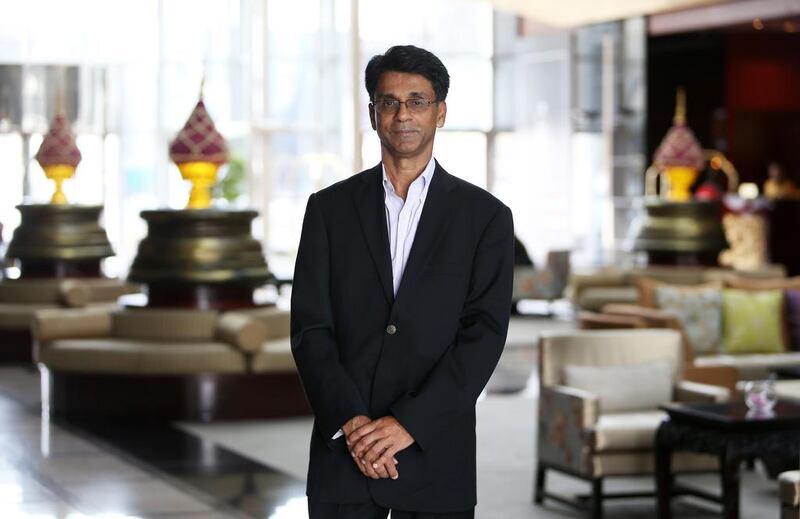DUBAI // Adec’s Future Schools Project, which in 2009 called for 100 new public schools by 2020, is more than halfway towards its goal with 60 schools built.
The information was revealed at the Building Future Learning Spaces conference on Tuesday.
And those schools still to be built may not look anything like how we currently view them, experts said at the event.
“It’s about optimising the spaces for 21st-century learning. It’s not just about sitting kids in a row and talking at them,” said Andrew Homden, chairman of the conference, held in Dubai.
Architects and designers are moving away from traditional classrooms that place the teacher as the focal point of the room and building more flexible environments that cater to varied learning styles.
“Schools of the future are going to be student directed, which means that students are basically taking charge of their own learning,” said architect Prakash Nair, president of Fielding Nair International.
“Teaching is no longer about content, it’s about skills. And you don’t practise skills by listening to somebody talk to you, it’s more about doing. So schools are going to go from being passive places for students to being much more active.”
Mr Nair, a former consultant for Abu Dhabi Education Council, was among the presenters at the conference, which attracted about 150 school operators, owners and administrators.
“The classroom is designed for teaching, not learning,” Mr Nair said. “The new school will have to be designed for learning.”
At the extreme end of this design shift is a school without classrooms at all.
“Basically, when you say without a classroom, you say no spaces where the purpose of the space was designed to hold a group of students whose only qualification is the same age,” Mr Nair said. “And then, there is a teacher standing delivering the same lesson to all of them.”
Instead, the spaces should promote interaction between students of different backgrounds and ages who can learn from each other, Mr Nair said.
“The purpose of the different spaces is to promote different kinds of learning.
“For example, peer tutoring, students learning from each other, research, independent study, students working together in teams, inter-age groupings, interdisciplinary groupings. These are the kinds of learning modalities that a traditional classroom simply wouldn’t allow,” he said.
Another model calls for learning studios that support small and large groups of pupils in a variety of different layouts.
Adec has adopted a model similar to this, called learning communities, at many of its new schools.
Jyoti Sharma, education facilities design manager for Adec, said new public schools in the emirate were already replacing traditional classrooms with learning communities.
“The newly-designed facilities will encourage and support a variety of individual, small-group and large-group modalities,” she said.
rpennington@thenational.ae






